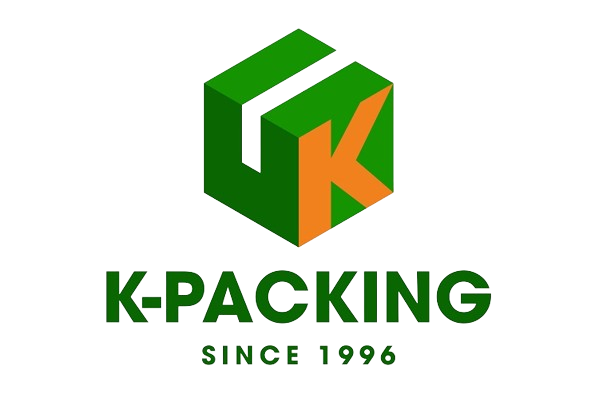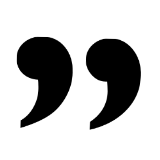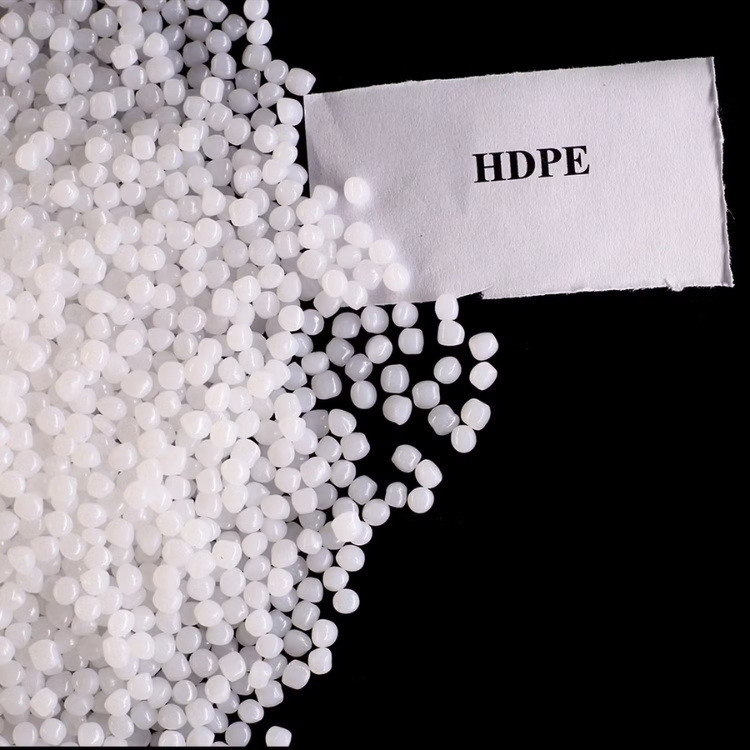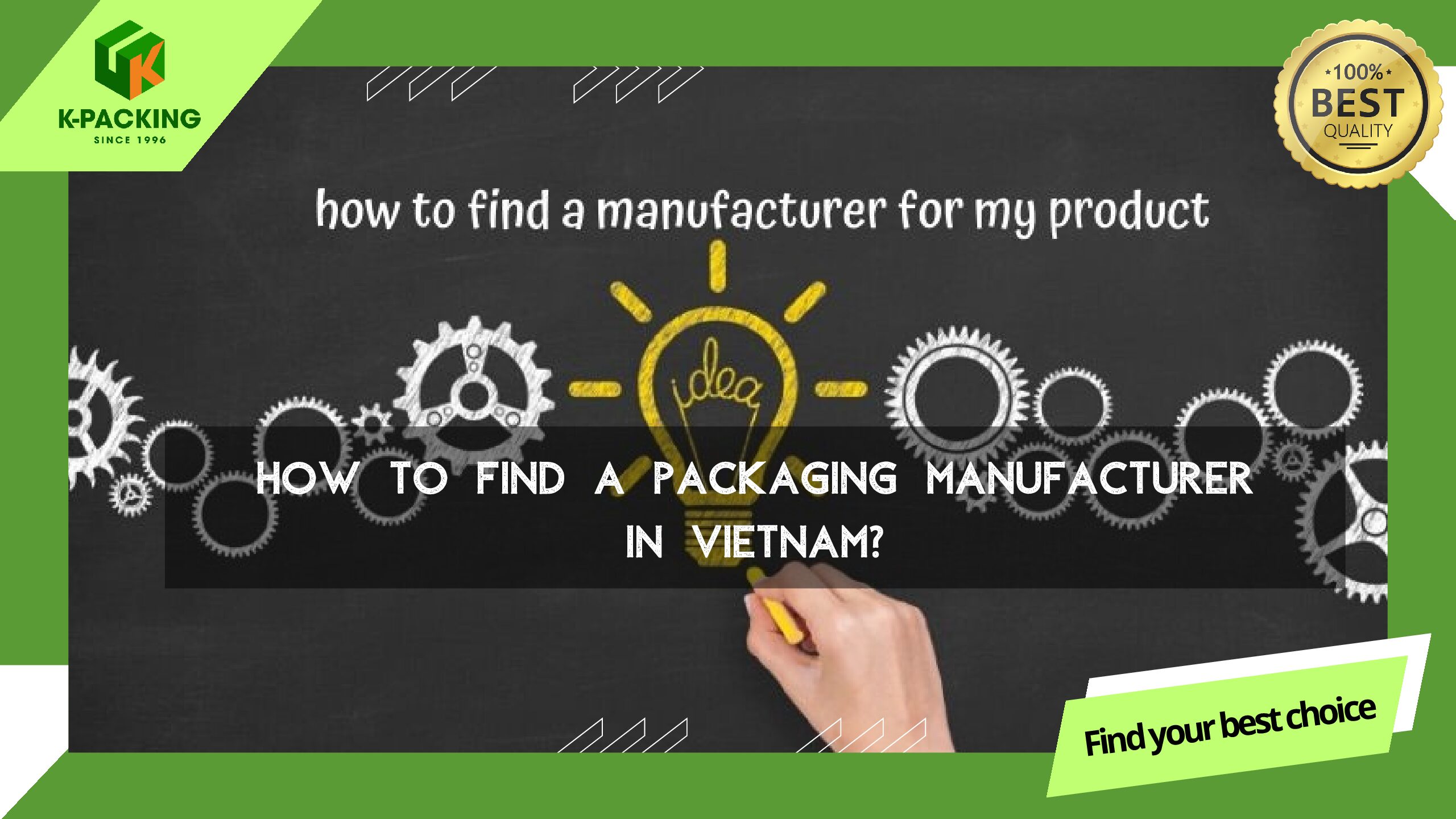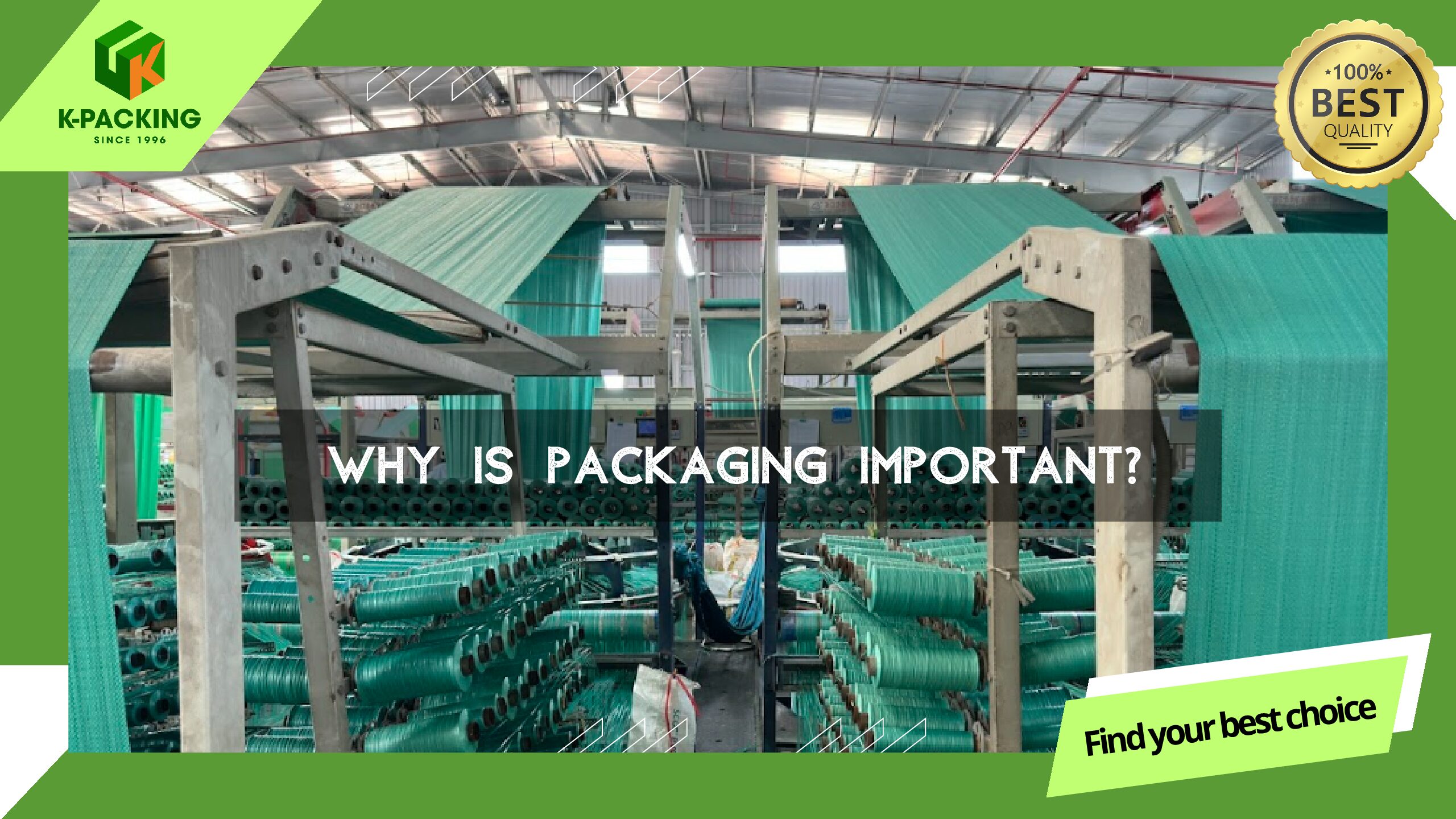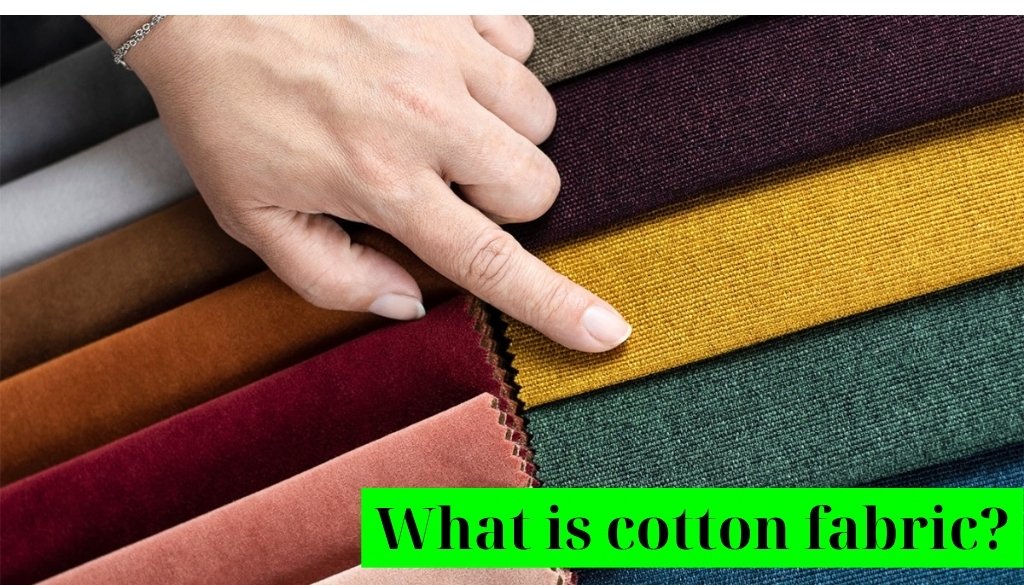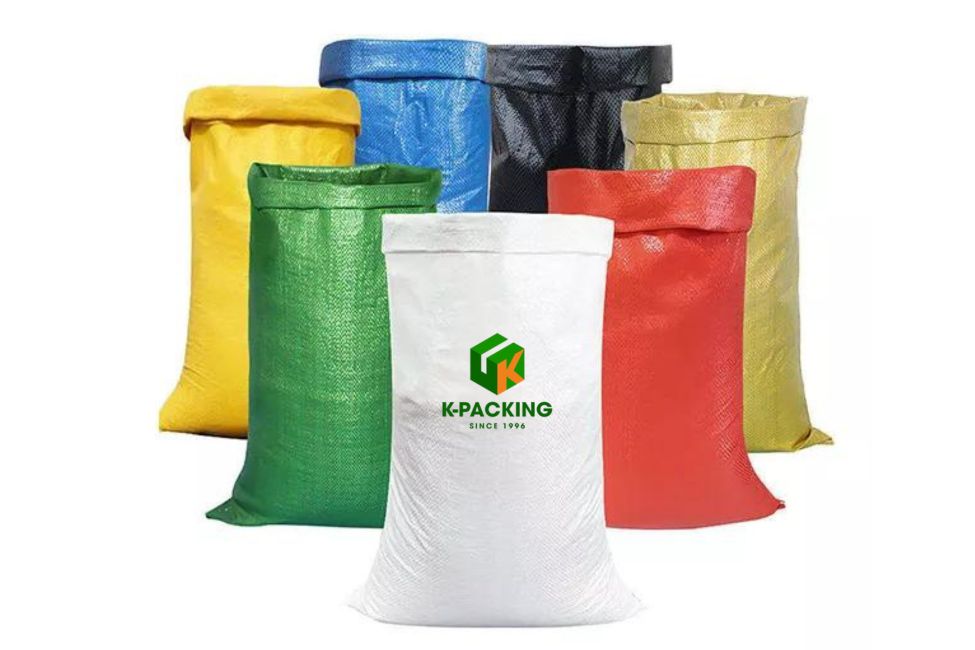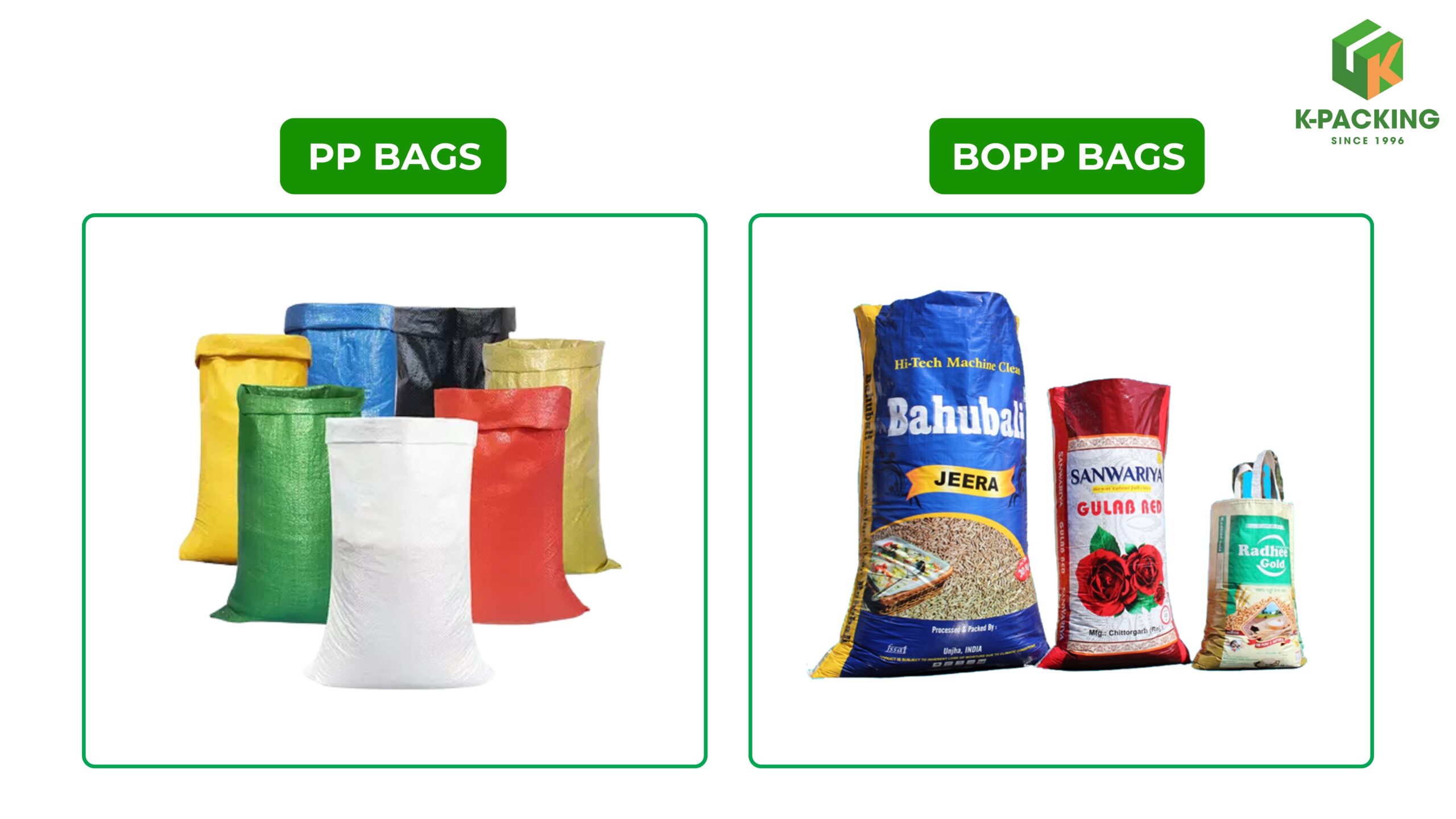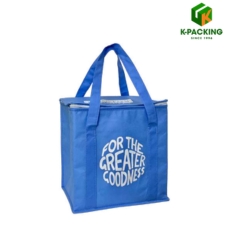Plastic waste from single-use packaging is becoming a serious threat to oceans and ecosystems. Millions of tons of plastic enter waterways each year, prompting countries such as those in the EU, the United States, South Korea, and Vietnam to ban or restrict single-use plastics and encourage the shift toward recycled and reusable materials.
According to the United Nations Environment Programme (UNEP) report “Turning off the Tap” (2023), expanding recycling and using reusable materials like rPET could cut global plastic pollution by up to 80% by 2040. The report highlights rPET as an effective replacement for virgin plastic, helping reduce greenhouse gas emissions and promote a circular economy.
As rPET becomes more widely adopted, many still ask: How is rPET recycled? Is it safe? And why are more brands switching to rPET reusable bags? In this article, let’s explore how rPET is helping reshape the future of sustainable packaging.
1. What is RPET plastic?
RPET (Recycled Polyethylene Terephthalate) is a type of plastic made by recycling used PET materials – most commonly water bottles, beverage containers, and food packaging. Instead of being discarded into landfills or oceans, these PET products are collected, cleaned, shredded into flakes, and then melted down to create new plastic pellets. These RPET pellets can be used to manufacture a wide range of products, from new drink bottles and food trays to polyester fabrics, sportswear, and reusable shopping bags.
Unlike virgin PET, which is made from fossil fuels like crude oil and natural gas, RPET is produced from post-consumer waste, making it far more sustainable. By reusing existing materials, RPET significantly reduces the demand for virgin resources, lowers carbon emissions, and prevents millions of tons of plastic waste from polluting the environment.
In short, RPET plastic gives a second life to PET waste, turning what was once single-use packaging into new, high-value, eco-friendly products.

2. Is rPET recyclable?
Yes – RPET is fully recyclable. In fact, that’s what makes it one of the most promising materials in the circular economy. Like virgin PET, RPET can be collected, cleaned, and reprocessed multiple times to create new packaging or textile fibers. However, each recycling cycle slightly reduces the material’s purity and strength, a process known as “downcycling.”
There are two main recycling methods used for RPET:
2.1. Mechanical recycling
This is the most common and cost-effective approach. Used PET bottles are washed, shredded into flakes, and melted down to form new pellets. These pellets can then be molded into new products such as bottles, trays, or fibers for fabrics.
Mechanical recycling is energy-efficient and widely adopted worldwide, but repeated cycles can cause the plastic chains to degrade, leading to a reduction in clarity or durability.
2. Chemical recycling
A more advanced technique that breaks down RPET into its original molecular components (monomers) through processes like glycolysis or methanolysis. These monomers are then purified and re-polymerized into food-grade PET, matching the quality of virgin material.
Although chemical recycling is currently more expensive and complex, it holds great potential for infinite closed-loop recycling in the future.
Globally, the recycling rate for PET materials is still relatively low – around 27% worldwide, with the U.S. reaching only 28.6% in 2021. This highlights the urgent need for better waste collection, sorting infrastructure, and consumer awareness to fully unlock RPET’s potential as a sustainable packaging solution.
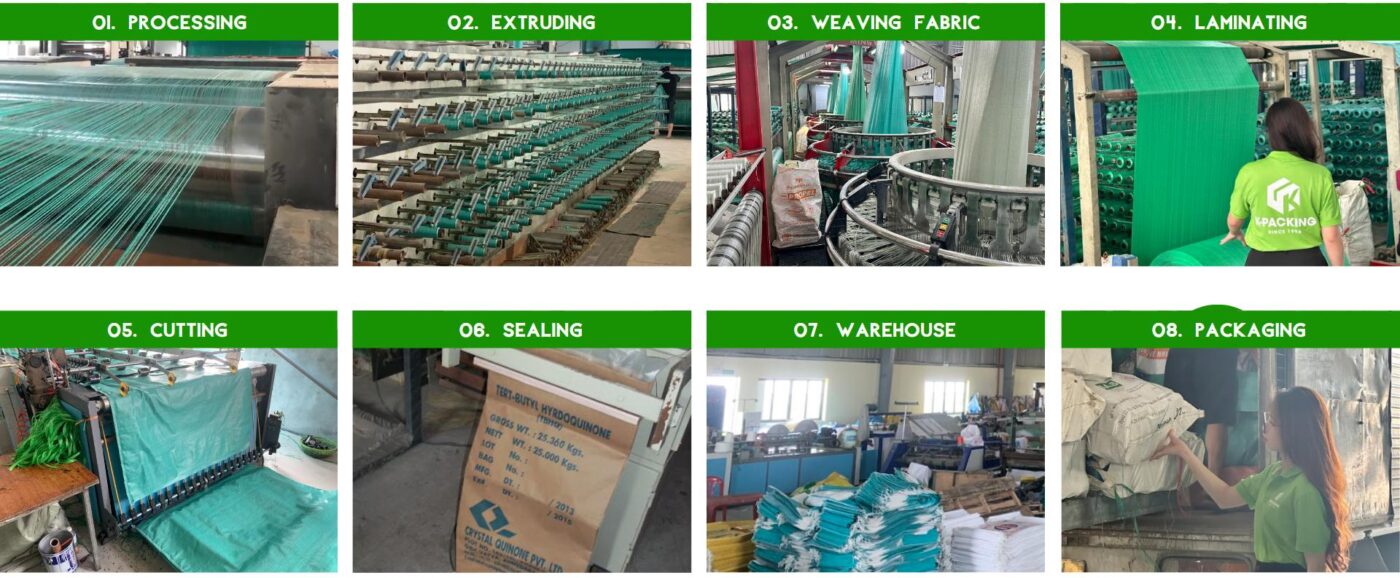
3. Is RPET safe?
RPET is considered safe when it is produced through certified recycling processes that comply with international safety standards. Its safety depends largely on how the plastic waste is collected, cleaned, and decontaminated before being reprocessed into new materials. When handled properly, RPET is approved for use in food packaging, drink bottles, and various consumer goods.
3.1 Food-contact safety
RPET can be safely used for food-contact applications if it meets regulatory requirements and is processed under controlled conditions.
In Europe, all RPET materials used in food packaging must comply with EU Regulation No. 10/2011 and be evaluated by the European Food Safety Authority (EFSA). Only recycling systems that demonstrate complete traceability and effective removal of contaminants are approved for use.
In the United States, the Food and Drug Administration (FDA) has similar requirements. Each recycling process must undergo a specific review to confirm that it eliminates potential chemical residues and produces a material that is equivalent in safety to virgin PET.
Food-grade RPET typically goes through additional treatment steps such as high-temperature or vacuum decontamination. These steps help ensure that the recycled plastic is clean and safe for direct contact with food or beverages.

3.2 Is rpet bpa free?
RPET generally does not contain Bisphenol A (BPA). BPA is commonly used in polycarbonate plastics and epoxy resins, not in PET or RPET. However, trace amounts could appear if the recycling process includes materials contaminated by other plastic types.
Reputable recyclers conduct rigorous chemical testing to confirm that BPA and other substances are below safety limits. Some studies indicate that small increases in chemical residues such as benzene, styrene, or BPA may occur when recycled content reaches 100%, but the levels remain well within global safety standards when proper quality control is applied.
Why We recycle rPET?
At K-Packing, we recycle and use rPET (Recycled Polyethylene Terephthalate) to create durable, eco-friendly reusable rPET bags that replace single-use plastics. This helps brands cut costs, meet sustainability goals, and build greener supply chains:
1. Reduce costs and dependence on virgin plastic
Producing rPET bags requires less energy and material than virgin PET or polyester. Using recycled plastic helps stabilize raw material prices, reduce reliance on oil-based resources, and make large-scale bag production more cost-efficient.
2. Support ESG and export standards
rPET aligns with global sustainability standards like ESG, ISO 14001, and EU Green Deal. Many international retailers now demand packaging made from recycled materials. Using rPET bags helps brands qualify for export and strengthen their green credentials.
3. Lower emissions and waste
Every ton of rPET saves up to 79% greenhouse gas emissions and 75% energy compared to virgin PET. It keeps plastic bottles out of landfills and oceans, turning post-consumer waste into reusable shopping bags that can last for years.
4. Create premium Eco-Friendly products
rPET fabric is strong, lightweight, and customizable. It’s perfect for reusable shopping bags, promotional tote bags, cooler bags, and gift packaging. These products allow brands to reach the growing eco-conscious consumer market with higher value and brand loyalty.
5. Build sustainable brand identity
Consumers today expect transparency and responsibility. rPET bags with clear messages like “Made from 100% Recycled Bottles” help brands stand out, communicate sustainability, and enhance trust among global partners and end-users.
6. Access policy and tax benefits
Countries such as Vietnam, the EU, and Japan encourage recycling investments through tax incentives and carbon credits. By using rPET materials, K-Packing and its partners can lower waste-handling costs and qualify for green-production programs.
7. Strengthen circular supply chains
By collecting, recycling, and producing within Vietnam, rPET helps build a closed-loop packaging ecosystem. This reduces dependence on imported raw materials, ensures consistent quality, and supports long-term sustainable growth for manufacturers and brands.
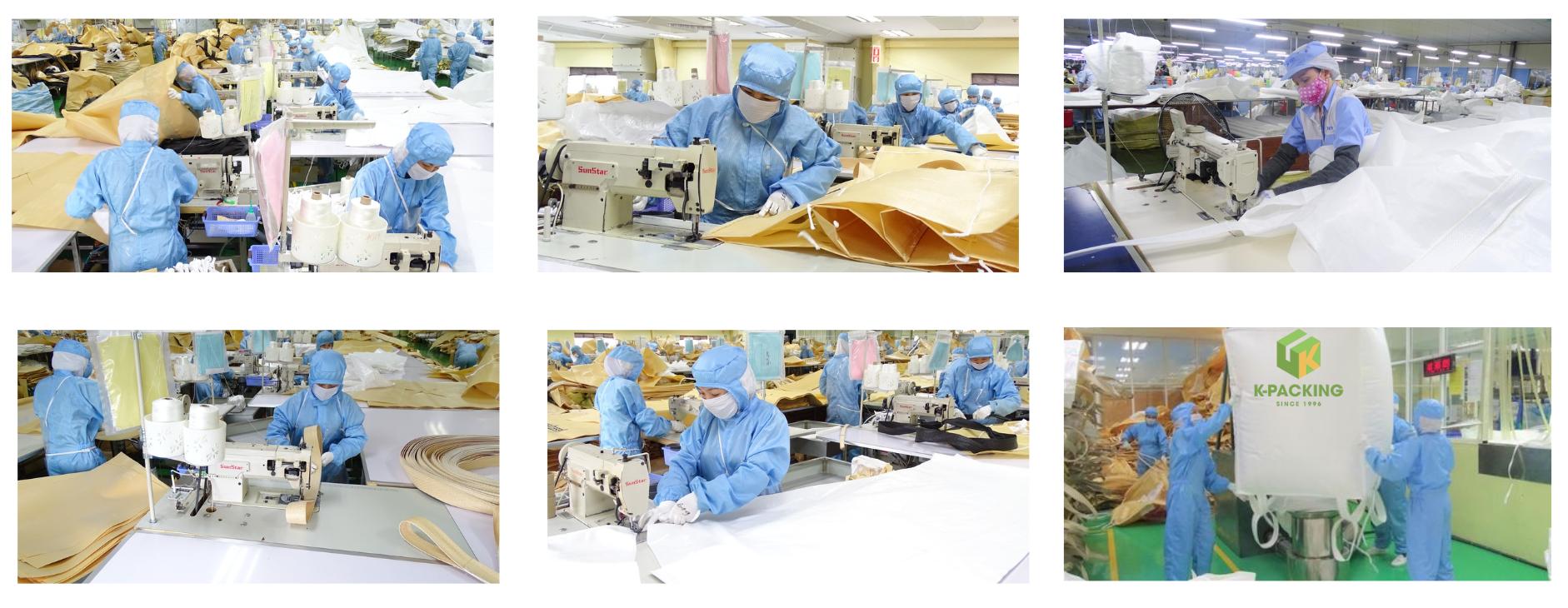
Conclusion
We recycle rPET because it’s smart for both business and the planet. It reduces emissions, saves resources, meets ESG standards, and transforms plastic waste into durable, reusable bags for a cleaner future.
At K-Packing, every rPET bag we produce is part of the journey toward a circular economy – where sustainability becomes the standard for global packaging.
